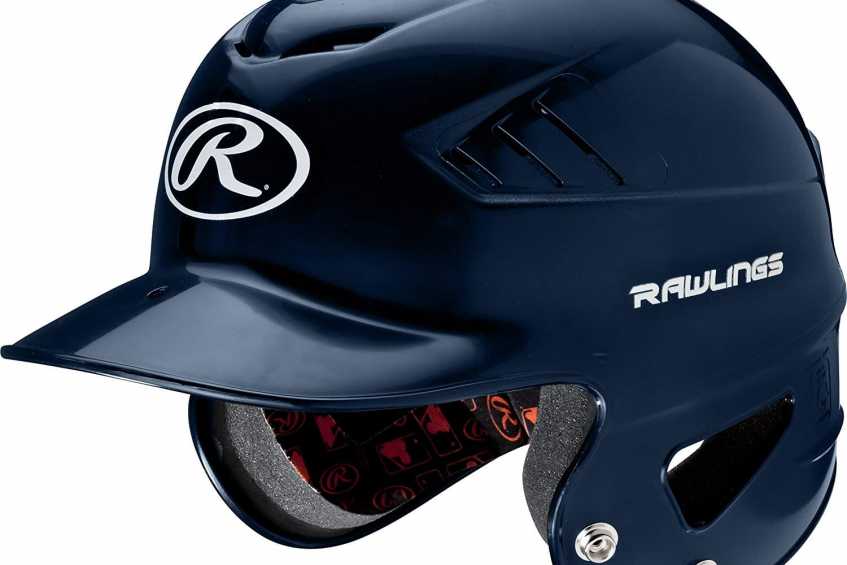

It is that time of year again, balls and bats are out of the basement and it's time to put them to use. Parents are besides themselves because the baseball equipment that they spent a good deal of money on the previous year is no longer good enough for the upcoming season, at least in the mind of their young ballplayers. "The bat is dead," "I need a different size bat this year," "My hand is too big for that glove," I don't want that one anymore, Mike Trout uses baseball bats from this brand now," and on and on the young ballplayer's reasoning goes. Of all the questions i receive from parents and players alike, is the "What size bat should they use?" or "Do you think they need a new bat or a BBCOR Bat?" I usually answer in a couple of ways.
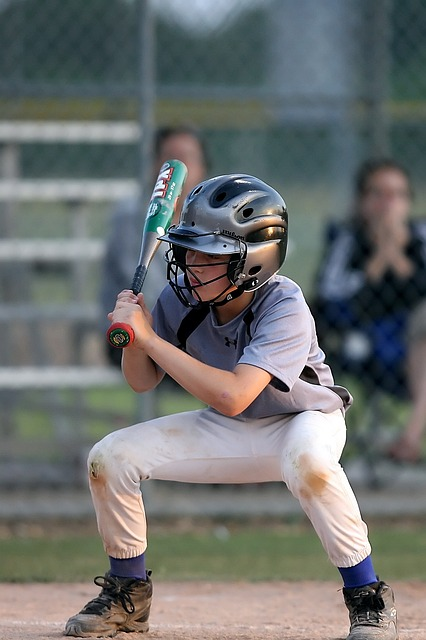
First, I intend to appease the parent and say, "What's wrong with the one you are using?" If they have a legitimate answer like, "I've outgrown it" or "It's too short," I put the onus on the player to perform well and say something like, "DO you planning on working hard if you get the new baseball equipment." I want kids to feel some responsibility for deserving a new one and that they realize it comes with a price and a commitment to practice. Parents usually like that approach, too. They do not want to buy a new and often expensive piece of equipment only to see it used infrequently.
The questions are legitimate though, because I want to shake my head and scream when I see a young ballplayer come to practice or games with an expensive, new bat that is obviously the wrong size. The player, rightfully, is very proud of the new bat, until he tries to swing it and the bat swings him more than he swings it. Then there are those who buy a new bat, use it so it is not returnable, and then find out that the bat is illegal for the league because of incorrect bat dimensions. I always make suggestions with the advice to parents to make sure they do their homework before buying something just because that is the one their child "has to have."
Many parents are unaware of the correct equipment to order or buy. I am in a tough spot as the coach because I do not want to blurt out that they wasted a ton of money on a bat that will only hurt the player's chances of hitting or that it is an illegal bat. The problem often comes about when parents allow their kids to make the decision on which piece to buy. Kids often pick the nicest looking one or the coolest brand available without regard to cost, league rules, or sizes that are the best for them. It is always a good ideas to try items personally so even if buying something on line, you should head to the used shop or local sporting goods store to try out sizes and feel.
See Also: Molded vs Metal Baseball Cleats
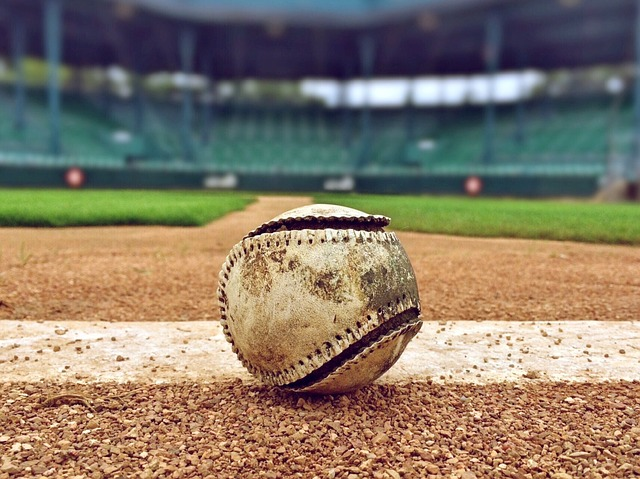
Online baseball course is now available - Click Here
1. Remember, once used, it is non-returnable so do your best to shop around to get the right equipment. Document when an item was bought and save all receipts so you know when warranties run out.
2. Check with the league and/or baseball organization of any regulations for bats, gloves or cleats before buying. This is always necessary for baseball bats but may include baseball gloves, spikes, etc"¦ that players can wear. Travel team gear and in house recreational leagues may have different regulations. That information is crucial for players who may be in both leagues.
3. Check with knowledgeable baseball people about the appropriate glove and bat for the size of the player. Finding a traditional bat chart, as in my book, The Making of a Hitter" is helpful, too. See what other team players use, especially players of similar size.
4. Before spending too much money on bats, consider if you are buying an item for one ball season or for more than one year. Spending top dollar for a baseball bat, when the player will need a new bat size the following year, is often not an efficient use of funds. Additionally, many serious baseball players wear bats out quickly, so being careful of over-extending with the limited available funds is good. The good news may be when the ballplayers has younger siblings who can assume the equipment in future years.
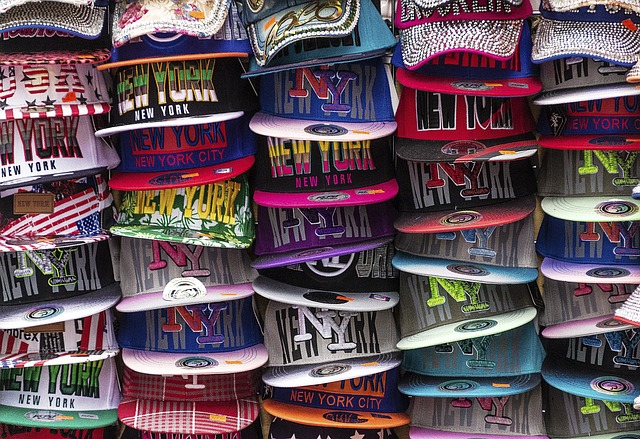
5. Buying the right size fielder's glove is just as important as the correct bat size for developing good habits. There are no glove size regulations as for baseball bat size, but finding "their" best baseball glove is crucial. The good news is that the correct size glove that is not cheaply made, can last a few years, so spending more money on a good glove is often wise. Additionally, buying too cheap of a glove can inhibit players from learning to catch. As a general rule, a smaller size leather glove that fit the hand and doesn't flop around when moving around the diamond, is best.

6. The wrong size batting gloves are also common. Players should be sure they fit snugly before they start using. When too big, they break and will crinkle up and cause blisters to the ballplayer's hands. Perhaps most important is making sure kids keep an eye on them and do not lose them or leave them at the park. Also, be careful they do not get lost in the nightly wash because they can ruin when wet and dried.
7. Exact batting helmet size is crucial so parents should have kids try helmets on before buying. The helmet should be snug but comfortable to hit and run in. Serious injury can occur when the helmet falls off when running the bases. Young athletes should always use a helmet with a mouth guard.
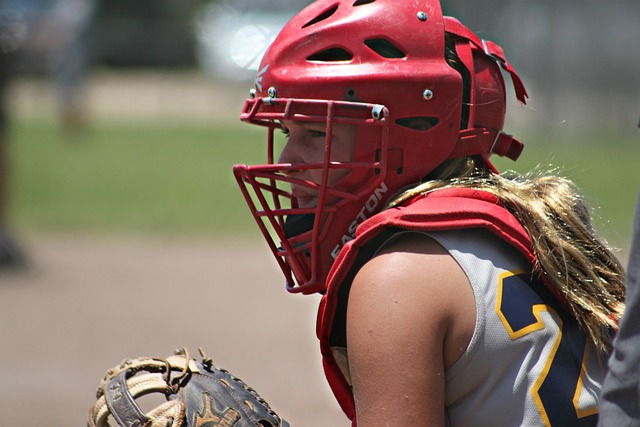
8. Catching gear size is also extremely important, too. Nothing is funnier than seeing over sized gear on a catcher, but that will inhibit their ability to move around behind the plate. Kids outgrow catching gear quickly, so be careful of spending top dollar when they are young.
9. A protective jock strap and cup should be mandatory for all male athletes training, no matter their position of the ball field. Many will balk at this but it is for their own good and when used as a youngster they will learn to get used to it in the game.
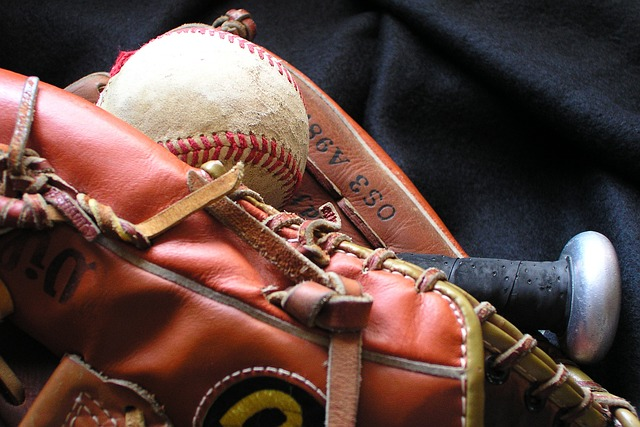
Of course, it is always good to consider the price and the child's interest level in baseball. Sometimes, parents are more interested in their child playing than their child, and the gear is hardly ever used after buying. As implied, kids often want the "hot" equipment that some superstar uses but it is very costly. It is a good idea to explain to kids that often the most popular brands are no better than the lesser known ones but much more expensive because of the name. Additionally, letting them know that you will buy the desired, expensive equipment when kids show they love and are very dedicated to practicing baseball is good.
Of course, it is common for kids to lose gear or even have it stolen, so this is another reason parents may not want to spend top dollar. Finally, parents should store baseball equipment inside in the off-season so harsh winters do not affect expensive baseball gear and so it can be easily located the following season. Many items can help further a player's improvement. A batting tee is paramount for the serious player, but once again parents should make a pact with players that they will only buy equipment when they promise to use it. Used sports gear found at stores like Play it Again Sports can be a parents best friend. Parents can always fall back on a piece of advice i often say to kids, "It's not the bat." Of course, the wrong size piece of equipment can determine results, but I do not want kids making up excuses for poor play. It is usually the player's actions that determine errors or swings and misses.
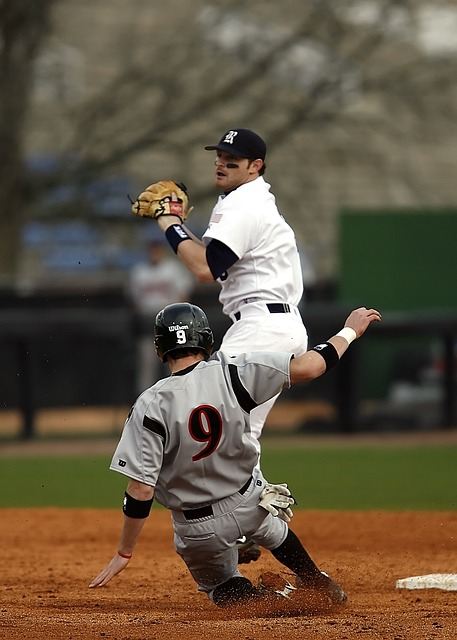
A Jugs Lite Flite pitching machine is an expensive purchase, but there are some low cost pitching aids options that use whiffle and smaller balls. Unless you're going to be using it 2-3 times a week it might not be worth the expense.
There are many great manufactures of baseball aids, apparel, bats, gloves, accessories and products that perform well in practice or a game. Rawlings, Easton, Wilson, Louisville Slugger, DeMarini, Marucci & more, so do your homework and shop for an option that had the quality you need and fits in your budget.
See Also our Best Youth Batting Gloves!
After playing major league baseball, Jack Perconte has taught baseball and softball since 1988 and offered valuable coaching training too. He has helped numerous youth players reach their potential, as well as having helped parents and coaches navigate their way through the challenging world of youth sports. Jack is one of the leading authorities in the areas of youth baseball training and coaching training advice.
All Jack Perconte articles are used with copyright permission.There are 0 comments on "Baseball Gear Buying Advice"
chandler allen says:
"Hi my name is chandler, i’ve enjoyed..."
On Wanting to tryout for summer ball. as an 18 year old
david graham says:
"With no current MLB team in Canada,..."
On With no current MLB team in
Charles Chavez says:
"To All Coaches: Do you have13U or..."
On Looking for Games